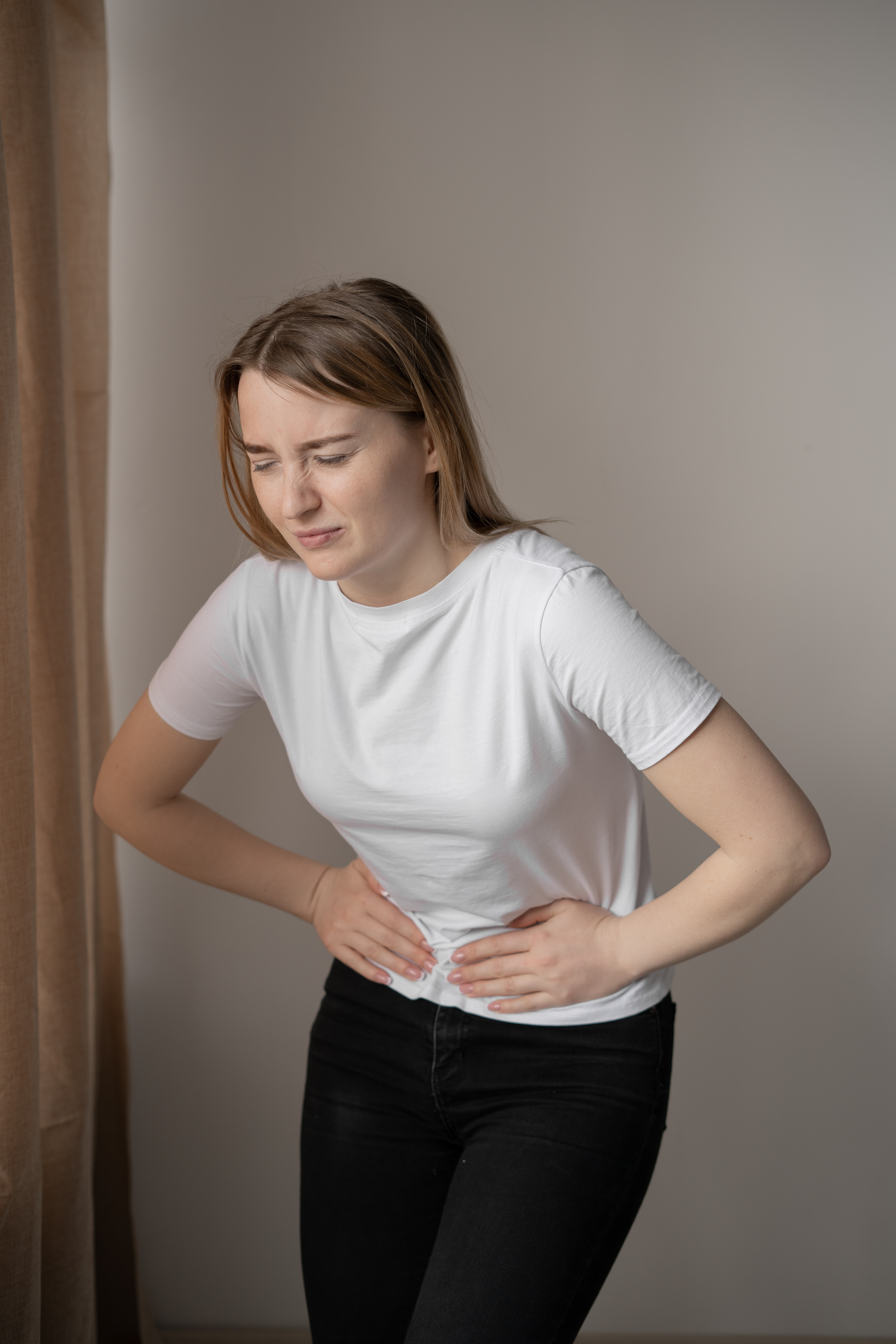
Painful periods, medically known as dysmenorrhea, can begin immediately following ovulation (mid cycle) and can last until the end of menstruation (end of your bleed).
An article by Pelvic Health Solutions stated that “Dysmenorrhea is the most common menstrual disorder and is estimated to occur in 20% to 90% of women of reproductive age”. Dysmenorrhea typically begins within a year of the first menstrual period and when there is no underlying cause, the pain often improves with age or after having a child.
The pain and discomfort that is experienced during the menstrual cycle is complex and multifactorial. It can be often associated with changes in estrogen and progesterone hormone levels in the body. If hormone levels are too high or too low, the length of your cycle, as well as the pain you experience during your cycle, is affected. These hormone levels can be influenced by genetics and the state of the nervous system and stress response in your body.
Symptoms of dysmenorrhea generally include pain that is experienced in the pelvis or lower abdomen. Other symptoms can include lower back pain, pain that radiates to the thighs, diarrhea and/or nausea. In young women painful periods often occur without an underlying problem. In older women however, it is more often due to underlying issues such as uterine fibroids, adenomyosis (thickening of the lining of the uterus), or endometriosis (endometrial tissue from the lining of the uterus is found outside of the uterus in the pelvic cavity and beyond).
A 2014 review of literature, aimed to see if physiotherapy could help with painful periods. The review found that due to the fact that the uterus is a hollow, muscular organ, therapeutic interventions from a pelvic floor physical therapist can help reduce discomfort with periods.
The treatments from a pelvic health therapist that are the most beneficial for easing dysmenorrhea include:
- Therapeutic Exercises
- These are exercises that increase range of motion, mobility, and lubrication in the low back and pelvic region, reducing stiffness and pain.
- Neuromuscular Re-Education
- Following a thorough assessment, if dysfunction is present, helping to re-coordinate your brain and body to help the pelvic floor muscles rest in a more relaxed state can reduce pelvic cramps and muscle spasms in the area
- Abdominal massage
- These are techniques to help you relax the tissue restrictions in the abdominal and pelvic cavities that could be contributing to cramps and bloating.
- Myofascial Release
-
-
Using manual therapy to address abdominal and pelvic girdle muscles that can be tight or in spasm, causing pain.
-
Another study on Pelvic Pain interventions completed in 2007 also found abdominal, myofascial, and connective tissue massage successful in reducing pelvic pain, including pain with menstruation. The study observed that Therapeutic exercise including Pilates, yoga and belly dance were shown to have clinical benefit for pain with periods.
The team of therapists at Pelvic Health Solutions also suggests that you can take a five-tiered approach to helping with Dysmenorrhea and cycle problems. They are:
1. Control Stress – use deep, diaphragmatic breathing throughout the day
2. Avoid triggers – consider food sensitivities; remember, that your bowels are neighbors of your uterus. When your bowels are irritated, often your uterus becomes irritated as well. Treat constipation/diarrhea
3. Regular detoxification – exercising, deep breathing, and brushing your skin (the largest organ of your body) can help with detoxification. Our periods are a great way to help with detoxification, and if your periods are short, too light, or absent, this important piece of detoxification may be part of the problem.
4. Eat more plant-based, whole food; minimize inflammatory foods
5. Support yourself with good food and nutrients.


